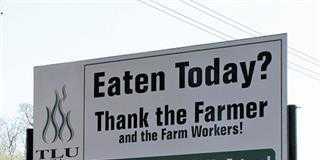Milk prices were corrected upwards in February 2012, in line with input cost increases, but subsequently dropped in July. However, national and international prices of grains going into dairy feed have increased in recent months. Tom Turner, a KwaZulu-Natal dairy farmer and national deputy chairperson of the Milk Producers’ Organisation (MPO), described the current and anticipated milk price to feed costs ratio as “seriously out of kilter”.
He said that, in order to farm dairy profitably, this ratio should be above 1,6:1. Currently, it’s below 1:1. “If we drop below 1,6:1, then we see downward pressure on milk supply, because dairy farmers cut their dairy meal allocation and this leads to reduced milk production,” said Turner. Dairy farmers also tend to remove their less productive cows, and the current increasing beef price provides further incentive for destocking, he said.
MPO economist Dr Koos Coetzee said that the current trend of SA dairy exports exceeding imports during the year to August 2012 will likely continue. He also said national milk production during the first seven months of 2012 was 4% higher than during the same period last year. “Very high grain and feed prices and a reduction in producer prices have resulted in extreme pressure on milk producers’ profitability,” said Coetzee.
“Chances of a relief in input prices are very slim and unless we see a substantial increase in producer prices soon, production will decrease sharply.” Turner said a drop in the milk price – the latest being 15c/l to 20c/l – ahead of spring is characteristic for this time of year given normal supply patterns. He also said he believes milk buyers are aware of the cost pressures being faced by their suppliers.
The historic dramatic variations in national milk prices aren’t good for the sustainability of the primary milk production sector, he added. “We must get better at looking at production costs and market signals, so that we can adjust prices more smoothly, instead of running the boom or bust cycles that we’ve seen,” said Turner. “We need responsible pricing for milk that sends the correct supply signals.”











